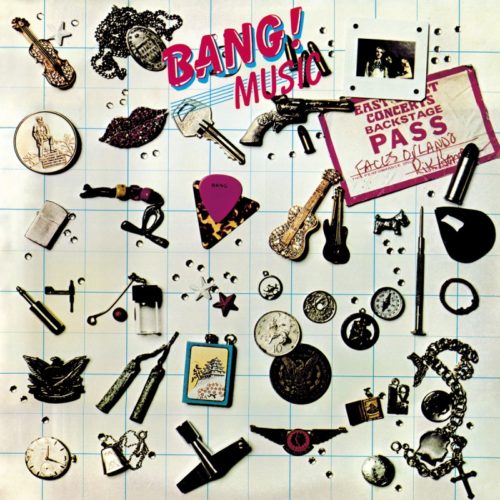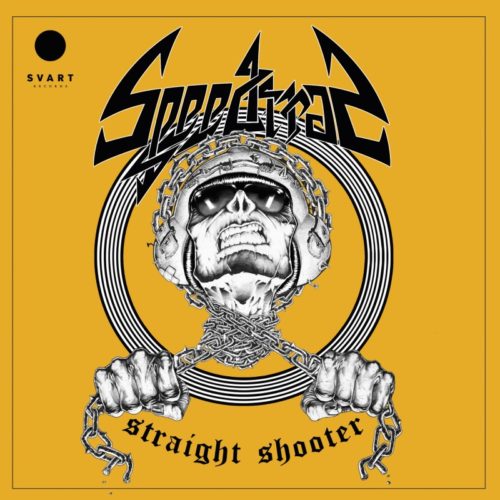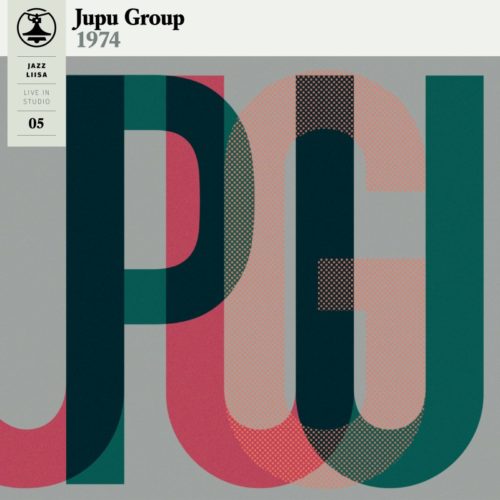Description
500 x blue
Our authorised reissue of early Wigwam leader Gustavson’s solo debut from 1978 (originally on Love Records) comes with a facsimile of the original booklet plus new liner notes by Mikael Wiik and also a fresh interview with Gustavson himself.
When Jukka Gustavson finally released his first solo-album “…jaloa ylpeyttä yletän…ylevää nöyryyttä nousen” (…pride’s an exalted purchase…humility’s the lever sublime…) in 1978, he managed to thoroughly confuse his devoted fans, some of which unfortunately decided to turn their backs on him. This exit ensued mainly because he had chosen this moment to forcefully reveal his strong commitment to his chosen faith, namely The Jehovah’s Witnesses. The album was completely instrumental, but it came with a booklet containing condensed comments where Jukka explained the Biblical context behind the complex instrumental themes he was presenting to the listener. The same music was also turned into a ballet, Yksin yhdessä (Alone Together) featuring Jukka’s wife, choreographer and dancer Leena Gustavson. For an all too limited time the music and the ballet was performed live in Helsinki, and a few other cities, by the Alone Together Orchestra, featuring a stellar line-up of Finnish jazz- and rock musicians.
The fans were not the only ones confused by this change in direction, some critics were as well. And to some extent yours truly, undeniably. When Dylan came out with his “religious” albums, beginning with Slow Train Coming in 1979, he suffered a similar backlash from both fans and critics. But in Jukka Gustavson’s case the backlash wasn’t solely about Jukka declaring his faith. His musical change of direction was also a surprise to many. Firstly, on his debut solo-album this emotionally charged vocalist chose not to sing! And secondly, there is not a trace of his early aforementioned influences. Instead we are served a string of themes that all seem to run into each other more or less seamlessly in a constant flow of development. It is difficult to isolate separate tunes, you are gently forced to listen to the whole album from start to finish, paying attention to all the musical details Jukka and his musicians provide during this spiritual trip. Jukka seems to aim at a higher level, striving for – dare I say it – heavenly spheres. The one exception is the closing track, Kolme evankeliumia (Three Gospels). It is a long, happily bubbling fusionesque romp that is the closest this ensemble comes to a conventional jam.
All in all, “jaloa ylpeyttä yletän…” is Gustavson’s hugely ambitious attempt to describe the birth of mankind and its evolution by purely musical means, with the Old Testament as his guiding light. Traditionally this is the domain of the great classical composers of yesteryear, and now Jukka Gustavson fearlessly took on the same challenge that they faced. But he did it with a forcefulness, devotion and technical prowess that surely would thwart any church organist faced with the sheet music of Jukka’s work. The way Gustavson develops his themes and chord progressions is totally unique to him and him alone. You won’t hear anything like it from any other source, be it classical, progressive rock or fusion jazz. I can’t think of a single other keyboard player who could create a matching musical soundscape with similar harmonies abounding.




